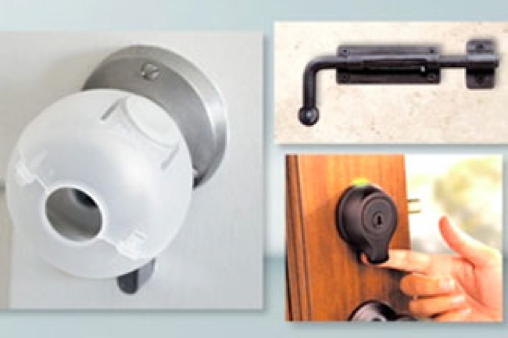
For those people who are confused and unable to tell you when they are feeling sick, changes in their wandering pattern may be the first sign that something is wrong.
Keep a list of all of the person’s medicines. Write down the date when new medicines are started and any change in behavior that happens in the days and first weeks after that.
Because wandering can be caused or triggered by many things, there are a variety of ways you can try to reduce it:
Comfort
Ask if the person is having pain and look for any signs that he may be in pain. See our Lesson on Recognizing Pain.
For example, if he or she lets you, check their mouth for sores and look at the throat for any redness. Does he or she stop chewing or grimace when eating? Are any of the joints swollen or does the skin have any sores or bruising? Is the person rubbing his head or any other body parts? Is he having any trouble urinating or having a bowel movement?
Time for Rest
Make sure there are rest periods but not long naps during the day. Sleeping too much during the day can make day/night confusion and night wandering worse. Being overtired, on the other hand, can agitate a person and increase their restlessness.
Diet
Weigh the person weekly, and write this down in your care diary. Give the person foods higher in calories and protein if they’re losing weight. Reading food labels and talking with your doctor or a dietician can help you make good food choices. If the person wanders away from meals, try finger foods that he or she can eat while walking.
Medicines
Assist your loved one with their medicines to be sure he or she is taking them correctly and at the right time. Keep medicines out of reach and out of sight to stop them from taking more medicine than is prescribed. Monitor their medicine planner closely.
See our Lesson on Giving Medicines Safely.

It is important to let people know that the person you care for wanders. This means more people will be able to look out for the person and know that he or she might need help finding their home.

.

.

Learn suggestions for reducing wandering and for keeping the person you care for safe.
Person Who Wanders
Keeping a Person Who Wanders Safe

